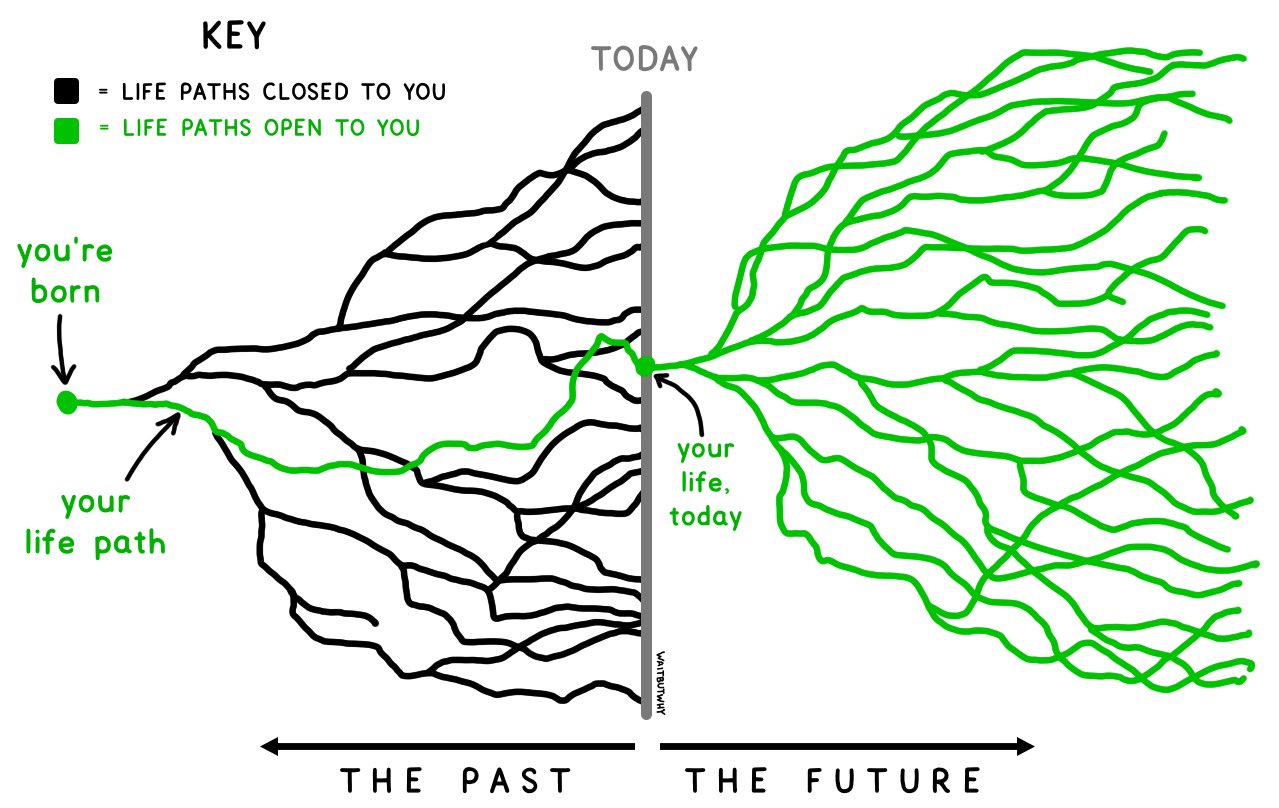China’s factory gate prices fell into deflationary territory last month for the first time since 2020 and consumer prices rose less than expected, further signs of the damping effect of Covid-19 lockdowns on domestic demand.
The country’s producer price index, a gauge of prices for goods as they leave factories, which are heavily determined by energy and raw material costs, fell 1.3 per cent in October year on year, its first decline since December 2020.
The consumer price index rose 2.1 per cent, missing forecasts of 2.4 per cent.
While global economies have grappled with soaring prices over the past year, inflation in China has remained subdued as persistent Covid restrictions intended to eliminate the virus have constrained consumer activity.
Authorities have imposed frequent lockdowns and now require almost-daily mass testing to contain outbreaks. Nationwide daily cases reported on Wednesday rose to 8,335, spurred by an outbreak in Guangzhou and the highest total in Beijing in five months.
The weakness in producer prices was driven in large part by declining global commodity prices compared with last year, economists said. But they added that the data also reflected pressure on demand across the Chinese economy.
“Part of the reason oil prices have dropped back since their peak earlier this year is because zero-Covid is keeping transportation demand in China subdued,” said Julian Evans-Pritchard, senior China economist at Capital Economics.
The Chinese economy grew 3.9 per cent year on year in the third quarter, well below its full-year growth target of 5.5 per cent, while policymakers are grappling with a real estate crisis that has induced a wave of defaults at overleveraged property developers.
Last year, Chinese producer prices rose at the fastest pace in 13 years on the back of higher costs for commodities and raw materials, prompting warnings from the government over the risk of price rises spilling over into consumer prices.
While October’s CPI reading fell on an annualised basis, the reading edged 0.1 per cent higher month on month. Evans-Pritchard said this increase was “consistent with muted price pressures”. He also pointed to weakness in domestic demand holding back core inflation — which excludes food and energy — and which rose just 0.6 per cent.
Iris Pang, chief economist for greater China at ING, suggested that even if energy prices rose, there was “no inflation risk” in China as “producers cannot pass increased costs to consumers”.
Other recent data from China have painted a picture of economic strain. Profits at industrial groups fell 2.3 per cent in the first nine months of the year, according to figures released last week. Factory and non-manufacturing activity in October also declined month on month, an official purchasing managers’ index survey showed, while exports declined for the first time in more than two years.
In contrast to other central banks, and in particular the US Federal Reserve, the People’s Bank of China has over the past year sought to ease monetary policy to support the economy.















